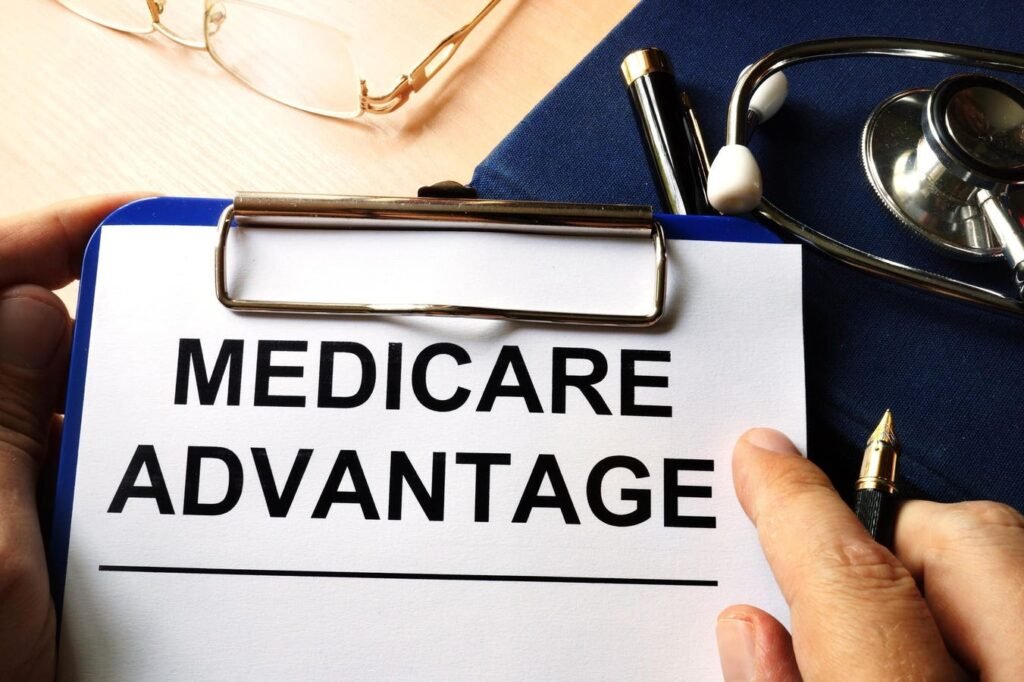Medicare Advantage or Part C is an integrated (medical and pharmacy benefit) private insurance plan … More
Privately run Medicare Advantage plans will receive a significant increase in payments from the federal government. The Trump administration has announced a 5.1% increase in payments for 2026 compared to 2025, amounting to a $25 billion boost.
The decision made by the Centers for Medicare and Medicaid Services contrasts with the 2.2% increase proposed by the Biden administration in January. This difference is attributed to updated data on spending patterns within the Medicare program, with CMS citing rising medical costs.
Medicare covers approximately 68 million elderly and disabled Americans, including individuals with specific disabilities or illnesses like end-stage renal disease. Most Americans are automatically enrolled in Medicare coverage for hospital and physician visits costs at age 65, known as Part A and Part B, respectively. Beneficiaries can also opt for traditional fee-for-service Medicare with the option to sign up for prescription drug coverage (Part D) through stand-alone plans or enroll in Medicare Advantage.
Medicare Advantage plans are private health insurers reimbursed on a per member per month basis by the federal government. These plans typically offer combined coverage for hospital, outpatient care, and medications, eliminating the 20% coinsurance requirement and capping annual out-of-pocket costs for beneficiaries. Many plans do not charge an additional monthly premium and can provide additional benefits like dental and vision coverage through rebates received from the government. This has led to increased enrollment in Medicare Advantage plans, with 54% of Medicare beneficiaries currently enrolled and expectations of further growth.
Medicaid, the health insurance program for low-income individuals and families, has about 74% of beneficiaries enrolled in private managed care plans similar to Medicare Advantage. These managed care plans originated in the 1990s under the name Medicare + Choice, later redesigned and renamed Medicare Advantage under the Medicare Modernization Act of 2003.
Increased compensation for Medicare Advantage plans since the early 2000s has resulted in higher government spending on beneficiaries in Medicare Advantage compared to traditional Medicare. The Medicare Payment Advisory Commission reported that the government pays Medicare Advantage plans an estimated 23% more for similar beneficiaries than it spends in traditional Medicare.
While there has been bipartisan support for Medicare Advantage, there are concerns about potential limitations and restrictions imposed by these plans on medical costs and services. Medicare Advantage plans have tools for cost containment not available in traditional Medicare, such as restricting provider networks and requiring prior authorization for healthcare services and technologies.
Despite the efficiencies expected from managed care, Medicare Advantage has cost substantially more than traditional Medicare, with reports indicating possible overpayments of up to $100 billion annually to Medicare Advantage plans. Efforts are being made to address potential fraud and upcoding by these plans to ensure accurate payments and prevent misuse of funds.
Overall, Medicare Advantage has seen significant growth in enrollment and government spending, prompting discussions on the future direction of the program and the balance between private sector involvement and government oversight.


